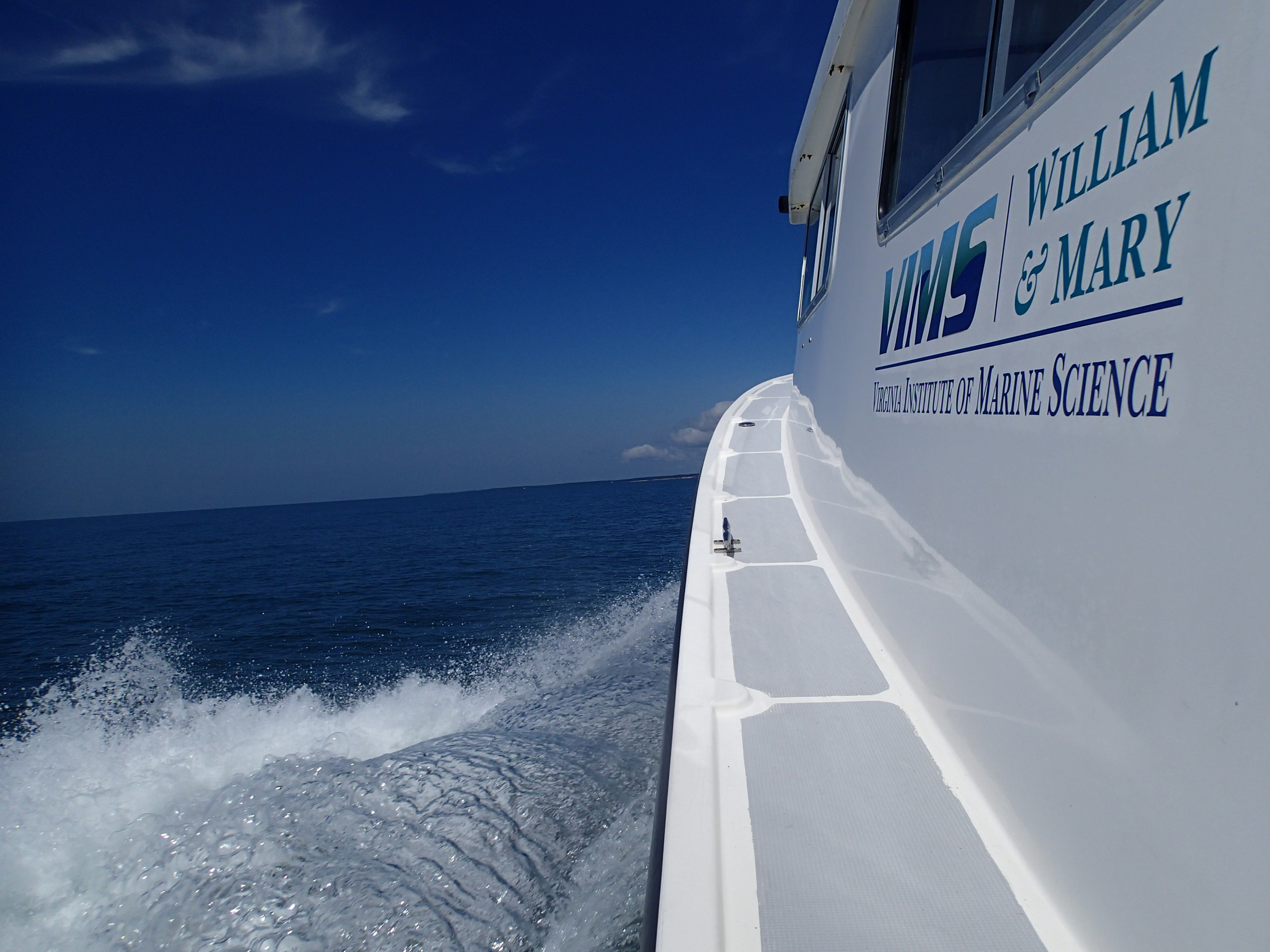Juvenile Finfish Trawl Survey
The Chesapeake Bay estuary provides habitat for more than 200 fish species. Many of these fishes support important commercial and recreational fisheries. Monitoring the populations of economically important species, as well as those species linked to them in the food web, provides necessary information to managers working to ensure that future harvests will be possible.
The Virginia Institute of Marine Science (VIMS) Juvenile Finfish Trawl Survey has played an important role in researching and monitoring the Bay's fish populations since 1955. It tracks trends in seasonal distribution and abundance of commercially, recreationally, and ecologically important finfish. The primary goal of the survey is to develop indices of abundance, which measure the relative size of each year class of a target species. These indices:

- indicate the success or failure of annual recruitment
- help predict the future abundance of the stock
The data generated by the survey are used by fishery managers and researchers. These data, together with data from other surveys, are used by the Virginia Marine Resources Commission as well as multi-state fishery management councils to create fishery management plans. Many of these plans specifically cite the VIMS Juvenile Finfish Trawl Survey and the value it provides.
In addition to developing juvenile abundance indices, the survey provides opportunities for research by survey personnel, graduate students, and collaborating scientists, resulting in numerous reports, publications, and theses and dissertations.
